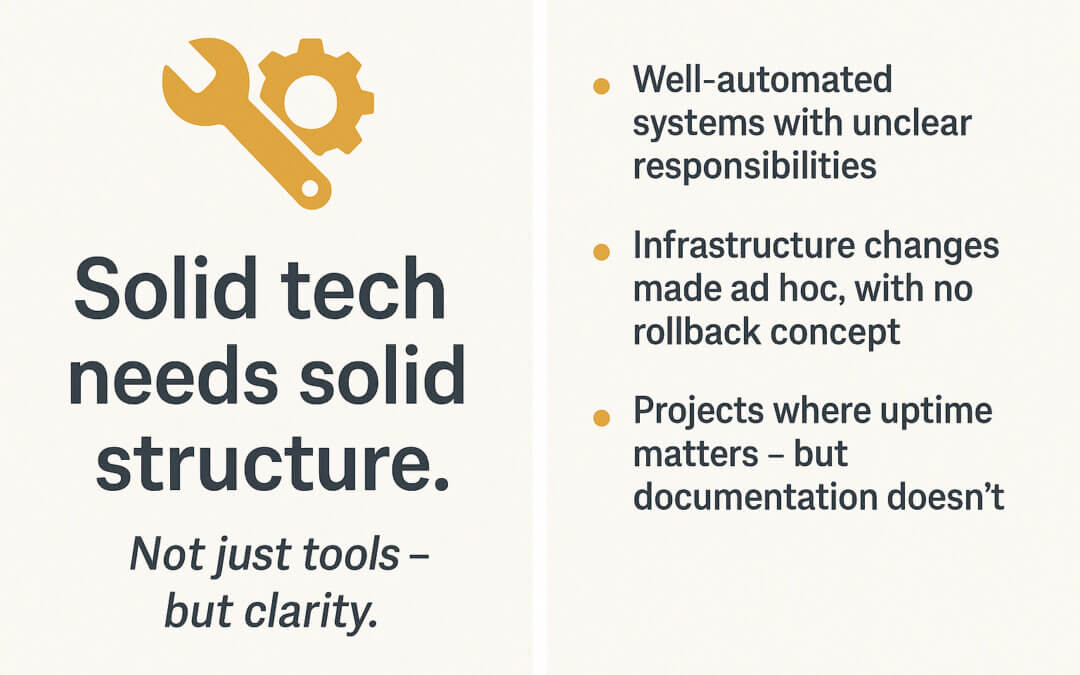You can build the cleanest Linux stack in the world –
but if the surrounding process is chaotic, the system will still fail where it matters.
It’s something I’ve seen again and again: 🔸 Well-automated systems with unclear responsibilities
🔸 Infrastructure changes made ad hoc, with no rollback concept
🔸 Projects where uptime matters – but documentation doesn’t
🔸 People asking why monitoring failed, instead of why no one acted
These aren’t technical issues.
They’re structural failures – and they happen long before a shell script runs.
Over the years, I’ve learned to care as much about the environment around the system as the system itself.
Because true DevOps isn’t just YAML and Jenkinsfiles –
it’s shared understanding, reproducibility, clean handovers, and clear responsibilities.
That’s why I’m currently doubling down on: ✔️ automation that sticks
✔️ DevOps principles that survive chaos
✔️ infrastructure that doesn’t need an apology when something breaks
I like working in the background – as long as the system runs.
But if it doesn’t? I want to know why. And I want a process that helps me find out.
📌 Clean code is great.
📌 Clean structure is essential.
📌 Buzzwords? Not so much.
If you know what I mean, we’re probably on the same page.
#DevOps #Infrastructure #Linux #WebOps #Automation #TechLeadership #CleanOperations #NoBuzzwords

